Wrecking bar maintenance and care |
||||
| Shop for Wrecking Bars | ||||
File wrecking bar claws regularly |
||||
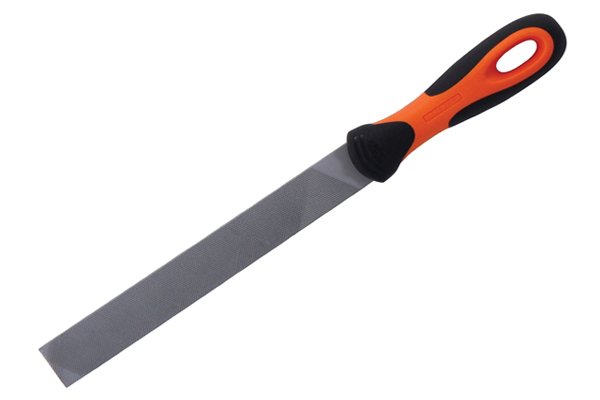 |
Unlike digging bars or large crowbars, the claws of wrecking bars should be filed regularly to keep them sharp and fit for purpose. If a wrecking bar claw becomes blunt or rough, it will become more difficult to insert the claw into tight spaces with precision, and the risk of damage to the object being worked will be increased. | |||
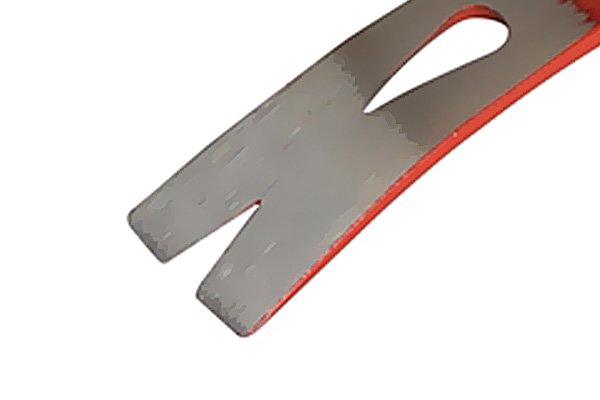 |
File inside the nail slot (if applicable) and around the points and edges of the claws, being careful not to remove too much of the protective finish.
When filing is complete, oil the bar with a non-corrosive oil to clean off any dust from the filing process and protect against the elements. |
|||
Clean wrecking bars with non-corrosive oil |
||||
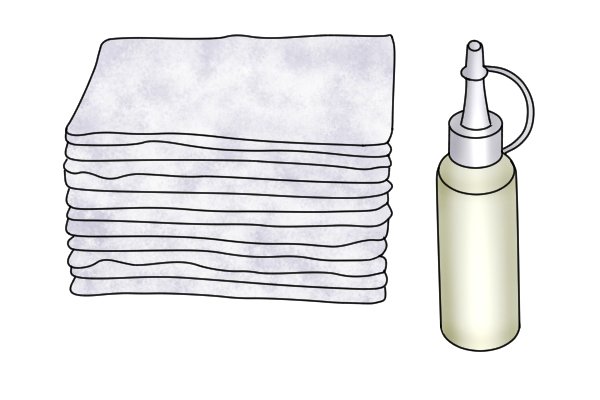 |
If your bar becomes dirty, clean it with a non-corrosive oil and a clean rag before storing. Japanese camellia oil or WD-40 are ideal, as they lift dirt from metals and leave a protective coating of oil behind after cleaning. | |||
Avoid bending your wrecking bar |
||||
 |
Do not apply excessive force to your bar. If you feel that you may be straining the shaft too much, stop immediately and use a heavy-duty tool instead. A bent bar costs money to fix, and a broken bar is irreparable. | |||
Avoid prolonged exposure to water |
||||
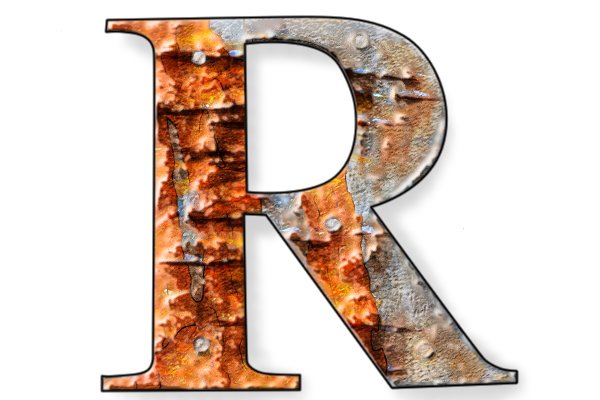 |
Do not expose your bar to water for long periods of time; even bars with a rust-resistant finish will corrode eventually when left to the elements.
Always dry your bar after getting it wet, and store it in a dry place. |
|||
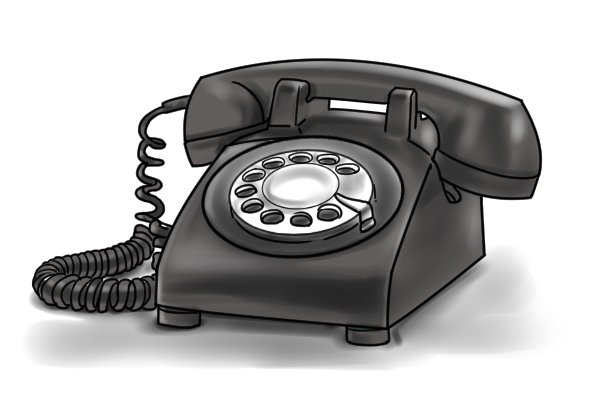 |
Follow this simple advice, and your bar should last a number of years before you need to think about replacing it.
If a well-cared for bar breaks early in its lifetime, it is likely that it has been poorly manufactured, and you should contact your retailer to find out what to do next. |
|||






